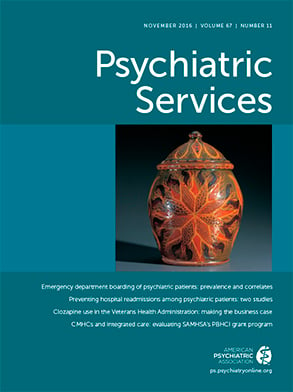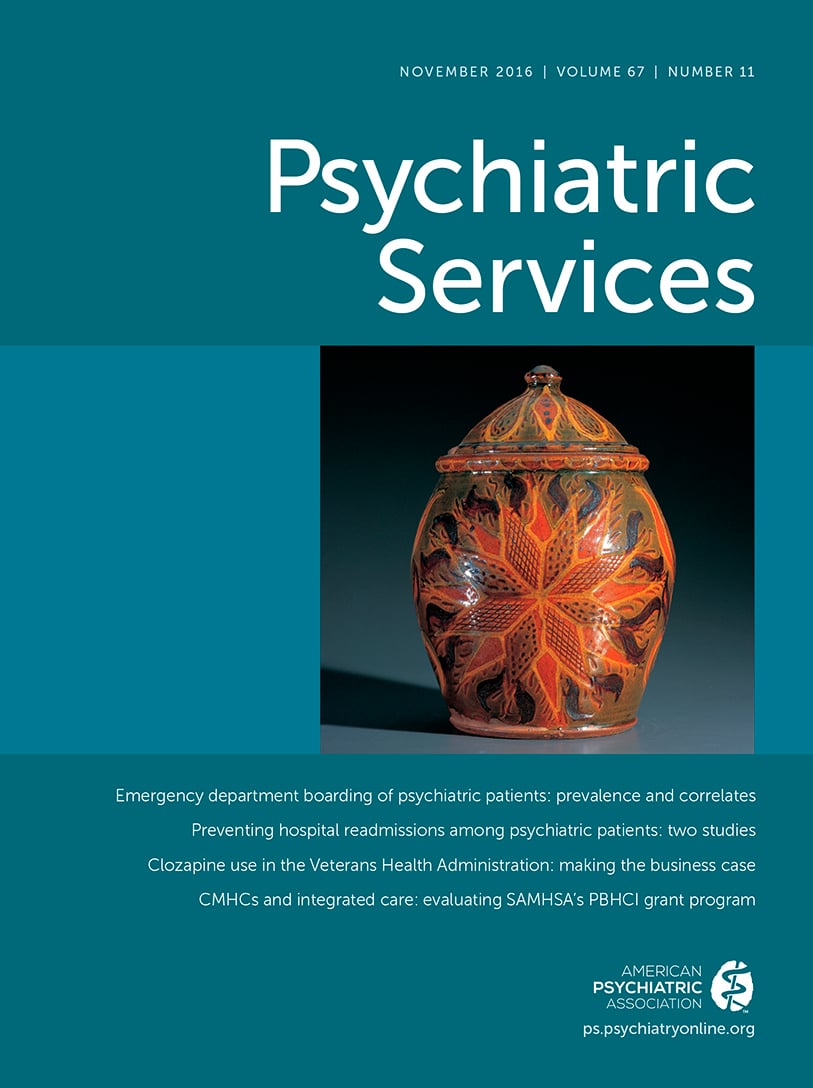Bazelon Center’s new guide on voting rights: The voting rights of people with mental disabilities are widely misunderstood, and many individuals are prevented from exercising this fundamental right by unwarranted concerns about their competence to vote, direct and inappropriate challenges at polling places, refusals to provide or permit help with voting, or help that disregards their choices. The Bazelon Center for Mental Health Law has released
VOTE. It’s Your Right: A Guide to the Voting Rights of People With Mental Disabilities. The guide describes federal laws affecting how states regulate who votes. It focuses on four areas of concern to voters with mental disabilities: voter competence requirements imposed by state laws or by election officials or service providers, state photo-ID laws, voter challenges, and provision of help to voters with disabilities. The guide includes two one-page reference sheets: a summary of the voting rights of people with mental disabilities and a summary of the types of help that may and may not be provided to voters with disabilities. Charts listing each state’s laws on voter competence requirements, absentee ballots, and voter challenges are attached. The 54-page guide is available on the Bazelon Web site (
www.bazelon.org/issues/voting).
NASMHPD working paper series highlights use of technology in behavioral health services: The National Association of State Mental Health Program Directors (NASMHPD) has released eight working papers developed by the Technical Assistance Coalition, a group of agencies that provides training and technical assistance on a range of policy issues to multiple stakeholders in state and local behavioral health systems. The 2016 working papers cover a wide range of topics, with a focus on use of technology to create solutions in the delivery of behavioral health care. For example, the second paper in the series,
Technology to Address the Needs of Justice-Involved Persons With Behavioral Health Issues, highlights state and county programs that use technologies to maximize communication and data-sharing among stakeholders in order to expand service and program capabilities. Another paper,
State Behavioral Health Authorities’ Use of Performance Measurement Systems, describes how these agencies use technology to reduce the lag time between data submission of data and receipt of reports, allowing providers to more quickly address the needs of individual clients. The goal is implementation of “performance medicine,” or the tailoring of treatment to the individual characteristics of each patient. Another paper in the series,
Promoting Young Adult Mental Health Through Electronic and Mobile Technologies, describes technology-based self-help supports and other services for this population that are in the early stages of development and implementation. The complete series is available on the NASMHPD site (
http://www.nasmhpd.org/nasmhppulisher).
New season of Healthy Minds public television series: The fourth season of
Healthy Minds with Jeff Borenstein, M.D., produced by the Brain and Behavior Research Foundation, will begin airing this fall on public television. The series aims to remove the stigma of mental illness and to humanize common psychiatric conditions through personal stories and current information about diagnosis and treatment. The 14-part series features interviews with Brian Wilson of the Beach Boys and Patrick Kennedy along with episodes on suicide, schizophrenia, violence, and postpartum depression. More information about the episodes and a schedule of stations and airtimes are available on the Web site of the Brain and Behavior Research Foundation (
https://bbrfoundation.org/healthy-minds-with-dr-jeffrey-borenstein).
AHRQ’s new publications on treatment effectiveness target two audiences: To make informed decisions, clinicians as well as patients and their families need to understand how—and how well—treatments work. New publications from the Agency for Healthcare Research and Quality (AHRQ), geared to each audience, summarize evidence about treatments for depression and for disruptive behavior disorders. The four-page clinician summary,
Nonpharmacological Versus Pharmacological Treatment for Patients With Major Depressive Disorder: Current State of the Evidence, is based on an AHRQ systematic review that looked at second-generation antidepressants and at psychological, complementary and alternative medicine, and exercise options as first-step interventions for adult outpatients and as second-step interventions for those who did not achieve remission with antidepressants. The review found that cognitive-behavioral therapy is as effective as second-generation antidepressants in relieving symptoms of mild to severe major depressive disorder. A 12-page, plain-language companion publication,
Comparing Talk Therapy and Other Depression Treatments With Antidepressant Medicines: A Review of the Research for Adults, is available to help consumers understand their condition and weigh treatment options with their health care provider. Questions to discuss with the health care professional are listed. The four-page clinician summary,
Psychosocial and Pharmacologic Interventions for Disruptive Behavior Disorders in Children and Adolescents: Current State of the Evidence, is based on another AHRQ systematic review, which found that effective psychosocial interventions include a parent component in addition to a child component and that evidence about medication treatment is scant. The 14-page companion publication for consumers,
Treating Disruptive Behavior Disorders in Children and Teens, describes three types of disruptive behavior disorders and programs for parents, children, teens, and teachers. The four publications are available on the AHRQ site (
http://www.ahrq.gov/news/ehc-reports.html).
NIH announces recruitment for long-term study of adolescent brain development: More than 10,000 children will be recruited for the Adolescent Brain Cognitive Development (ABCD) study, the largest long-term study of brain development and child health in the United States. The landmark study by the National Institutes of Health (NIH) will follow the biological and behavioral development of children beginning at ages 9–10 through adolescence into early adulthood. Recruitment will be conducted over the next two years through partnerships with public and private schools near research sites across the country as well as through twin registries. Over the next decade, scientists will use advanced brain imaging, interviews, and behavioral testing to determine how childhood experiences interact with each other and with a child’s changing biology to affect brain development and social, behavioral, academic, health, and other outcomes. One aim is to understand how biological and environmental building blocks contribute to successful and resilient young adults. The ABCD Coordinating Center is housed at the University of California, San Diego. More information is available on the study Web site (
www.ABCDStudy.org).
SAMHSA’s final rule on reporting requirements for medication-assisted treatment of opioid disorders: In late September, the Substance Abuse and Mental Health Services Administration (SAMHSA) published a final rule establishing annual reporting requirements for some practitioners who prescribe buprenorphine-based medication-assisted treatment for opioid disorders under the Controlled Substances Act. An earlier SAMHSA rule expanded from 100 to 275 the number of patients that qualified practitioners may treat with buprenorphine. Under the new rule, physicians who prescribe buprenorphine at the maximum patient cap of 275 will be required to complete a SAMHSA reporting form each year with information about their practice, such as caseload and diversion control plan, for purposes of monitoring regulatory compliance with the earlier rule. The requirements are a key step in increasing access to medication-assisted treatment for opioid-related disorders. The full rule and requirements were published in the September 27 Federal Register.
Alliance for Health Reform’s archived briefing on innovations in Medicaid: Medicaid is testing numerous alternative payment and delivery system models to enhance the coordination of the health care services provided to low-income Americans. In late September, the Alliance for Health Reform hosted a 90-minute panel of experts who examined the range of Medicaid’s efforts in this area, including integrating general medical with nonclinical and behavioral services, creating managed care organizations, and instituting regional care collaborative organizations. A full video has been posted on YouTube, and a transcript and related materials are available on the Web site of the Alliance for Health Reform (
http://www.allhealth.org/briefing_detail.asp?bi=402).
Kaiser Foundation updates state data on health and health care: Data for 2015 have recently been added to many categories in an interactive feature on the Kaiser Family Foundation site. “State Health Facts” (
http://kff.org/statedata) offers a wealth of health statistics presented in 12 main categories nationally and by state. For example, under the category “Demographics and the Economy” are basic statistics on the population by gender, age, race-ethnicity, and so on, as well as breakdowns by employment status, homelessness, people living in poverty, and many other subcategories. Under the category “Health Reform” are current state data on marketplaces and subsidies, Medicaid and Children's Health Insurance Program enrollment, and 2017 essential health benefit benchmark plans. Among the other main categories are “Minority Health,” “Women’s Health,” “Providers and Service Use,” and “Health Costs and Budgets.”
Anita Everett appointed head of new SAMHSA office: Anita Everett, M.D., has assumed a new position as the chief medical officer SAMHSA. Dr. Everett is responsible for organizing and leading the newly created Office of the Chief Medical Officer, which is expected to provide input into strategic initiatives, policy directions, and legislative issues to ensure that medically researched and clinically approved practices are incorporated in the development and implementation of SAMSHA programs and activities. Dr. Everett was elected president-elect of APA in February and will assume the office of president at the conclusion of the APA annual meeting in San Diego in May 2017.

